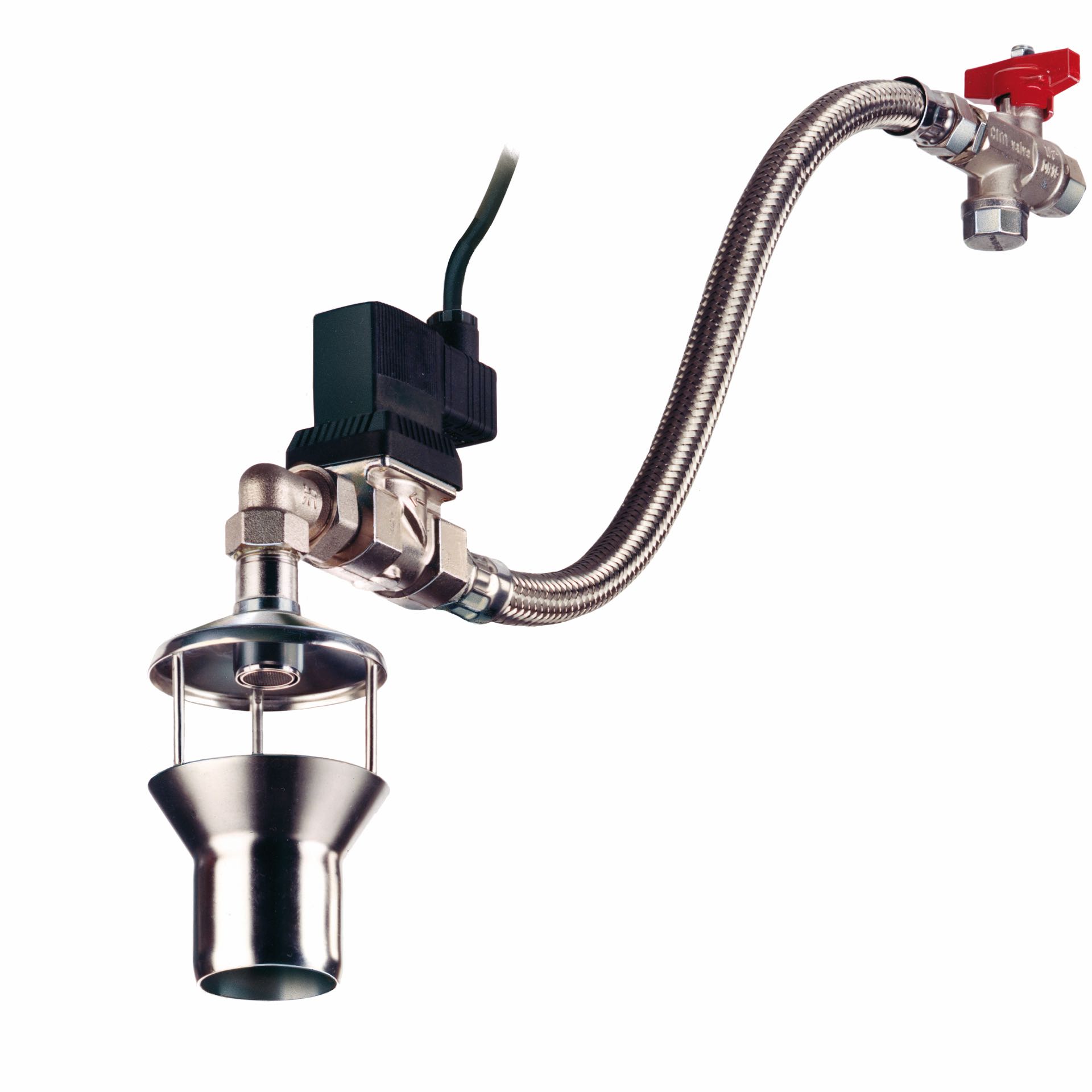Break tanks and mains water top-up
Clean water is of fundamental importance for human well-being. In many countries, public water supplies are therefore specially protected. The quality of water once it is drawn from the public supply system is no more defined. Therefore, it is necessary to ensure that water does not re-enter the mains network.
To the products

WISY recommendations
For the separation of mains and service water
Product information
Separating station Sigura 9
The SIGURA 9 separating station separates the points of use for process water from the public pipe network and thus protects the public drinking water from contamination. The drinking water backfeed is designed as a free outlet in accordance with DIN EN 1717 and DIN 1988-100.
The SIGURA 9 separating station is installed in the frost-free plant room, draws drinking water from the mains and feeds it under pressure into the service water network. It supplies up to 4.5 bar pressure in the service water network and is also suitable as a pressure booster system for buildings with up to three storeys.

Product information
Separating station Sigura 350
The SIGURA 350 separating stations safely separate domestic hot water systems from the public mains supply using the standard-compliant free outlet type AF and build up the required operating pressure. The intermediate tank holds 350 litres and serves as a buffer to quickly provide the required volume flow in the domestic hot water system.
The pump is controlled by the Zeta 02 automatic switch and requires only 0.2 watts in standby mode. The pressure in the domestic hot water system is generated either by the Multigo 205 (80 l/min) or 407 (120 l(min) submersible pump.

Products for drinking water make-up
Separate mains and service water
Clean water is essential for people. This is why the public water supply enjoys special protection in many countries. The quality of water that has left the public supply system can no longer be controlled. It must therefore not be allowed to return to the mains water network from downstream systems.

The safest way to prevent backflow is the free outlet. According to the standard, this is a "permanently unimpeded free flow path" for the water. It therefore falls freely downwards into an intermediate tank from which it cannot flow back.
A pump then builds up the required system pressure, which has dropped to ambient pressure through the free outlet. The volume of the intermediate tank, the type of pump and the pipe cross-sections are adapted to the desired pressure and volume ratio.

DIN EN 1717 AND DIN 1988-100
Throughout Europe, the requirements for the type of system separation are regulated by the EN 1717 standard. It has been adopted and supplemented for Germany by DIN EN 1717 and DIN 1988-100. Depending on the different qualities, categories are defined for liquids that can come into contact with mains water. The liquid categories are designated with the numbers 1 to 5. Category 1 corresponds to water for human consumption. Liquids with undefinable or unknown quality fall under category 5. Rainwater is water of Category 5 quality.
Separating devices according to standard
According to the quality category different devices for the connection of the water qualities are described. The devices are divided into types and designated with a combination of two letters.
Water category 5
According to the European standard, liquids of category 5 may only be used by means of free or open outlet of types AA, AB, AD, AF or, to a limited extent, type DC. The German standard gives concrete examples of apparatus whose liquid fall into this category. Examples of applications where a standard-compliant separation must be made are:



































